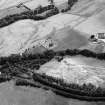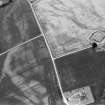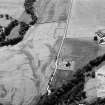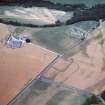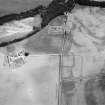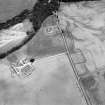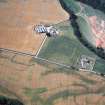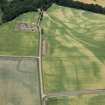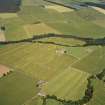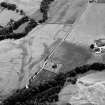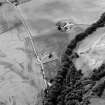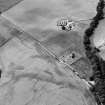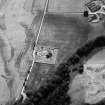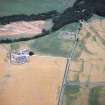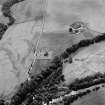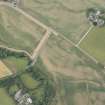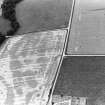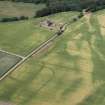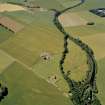Scheduled Maintenance
Please be advised that this website will undergo scheduled maintenance on the following dates: •
Tuesday 3rd December 11:00-15:00
During these times, some services may be temporarily unavailable. We apologise for any inconvenience this may cause.
Stracathro Parish Church And Brawl's Well
Church (Medieval) - (Post Medieval), Church (18th Century) (1799), Spring (Period Unassigned)
Site Name Stracathro Parish Church And Brawl's Well
Classification Church (Medieval) - (Post Medieval), Church (18th Century) (1799), Spring (Period Unassigned)
Canmore ID 35937
Site Number NO66NW 10
NGR NO 61733 65763
Datum OSGB36 - NGR
Permalink http://canmore.org.uk/site/35937
- Council Angus
- Parish Stracathro
- Former Region Tayside
- Former District Angus
- Former County Angus
NO66NW 10.00 61733 65763
NO66NW 10.01 61744 65752 Parish Churchyard
For Stracathro Parish Manse (NO 6185 6541 and 6183 6537), see NO66NW 82.
(NO 6173 6575) Church (NAT)
(NO 6199 6581) Brawl's Well (NAT)
OS 6" map, (1959)
The modern parish church at Stracathro, built in 1799, occupies the site of its medieval predecessor, which was the church of the Chanter of Brechin Cathedral, and is described in 1799 as 'little better than a heap of ruins'. The alleged existence of a Celtic church here (Gilruth 1937) is based on the doubtful derivation of 'Brawl's' or 'St Brule's' Well from St Rule or Regulus. This was a healing well which was drained long before 1885 and the name is now lost. Two slabs, the larger being 8' to 9' long and 3' broad, lay to the north of the church in 1885.
They were traditionally said to cover two of the graves of three 'Danish generals'.
Statistical Account (OSA) 1792; J D Gilruth 1937; A J Warden 1880-5; Name Book 1860; G Hay 1957.
No early grave-slabs noted. At the site of the well is a natural spring running into a field drain. The site is thickly overgrown.
Visited by OS (J L D) 14 January 1958.
No further information regarding the medieval church. The modern church is still in use as is the burial ground which has been extended to the N. In the burial ground there are several 18th century grave stones. Two crude, prostrate slabs leaning against the church in the NE may be those referred to by Warden (1880-5). Brawl's Well is a natural spring emerging in a ditch.
Visited by OS (R L) 25 August 1971.
Online Gallery (1306 - 1329)
The year 2014 sees the 700th anniversary of the Battle of Bannockburn, in which the army of Robert I of Scotland defeated that of Edward II of England. The battle marked a major turning point in the long, drawn-out struggle of the Wars of Independence.
The Wars have had a lasting influence upon all the nations of the United Kingdom and upon the national story. Each age has seen fit to commemorate the events in its own way: through the perpetuation of the genuine historical associations of buildings and places and also through the endowment of others with improbable or fanciful traditions. Where past generations allowed its historic buildings to decay and disappear, later generations began to value and actively preserve these for their associations. Where an event lacked a tangible reminder, as at Kinghorn where Alexander III was killed in a riding accident, a commemorative monument would be erected to act as a focus. The Wars of Independence predate the fashion for accurate portraiture: the weathered, generic military effigy of Sir James Douglas is one of the few to survive in Scotland. Later centuries saw a need and supplied it by a crowd of images of its historic heroes, William Wallace and Robert the Bruce, each depicted according to contemporary taste and imagination. The opening of the new heritage centre at Bannockburn takes this into a new dimension, through the use of three-dimensional, digital technology.
RCAHMS Collections hold many images of these buildings and locations from battlefields, castles and churches, to the many commemorative monuments erected in later years. This gallery highlights a selection of these, including antiquarian sketches, photographic and drawn surveys, and architectural designs.
Note (1984)
Stracathro, Parish Church and Burial-ground NO 617 657 NO66NW 10
There are no visible remains of the medieval parish church of Stracathro. The present church was not built until 1799, but in 1792 its predecessor was described as having 'all the marks of great antiquity'.
RCAHMS 1984.
(Stat. Acct., iv, 1792, 213; Warden 1880-85, v, 161; Gilruth 1936-9, 56-8; Hay 1957, 246; Cowan 1967, 189).







































